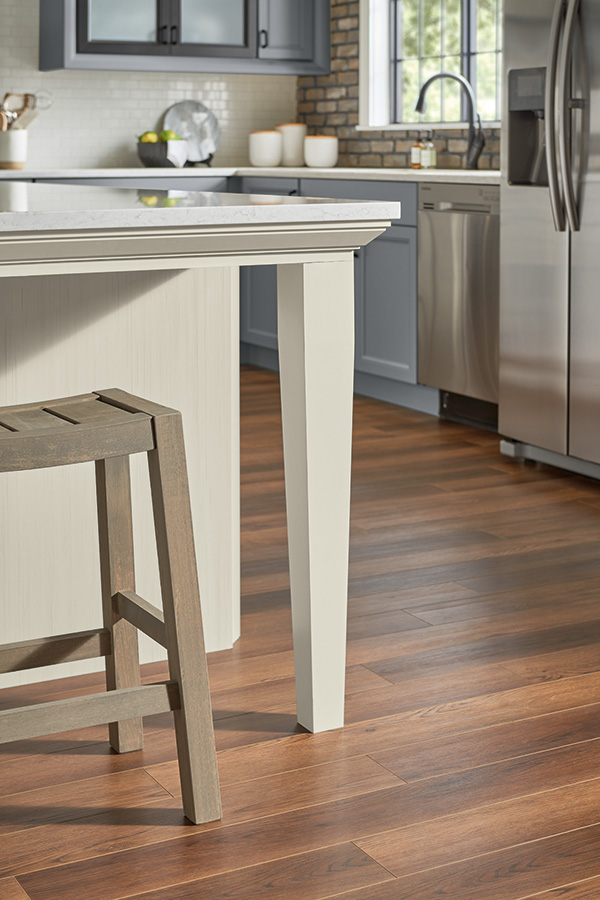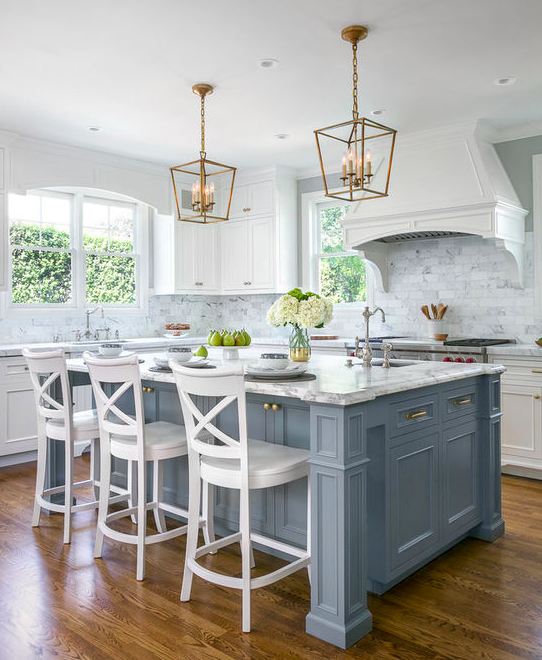How to Mount a Kitchen Island Leg for Optimum Stability and Style
How to Mount a Kitchen Island Leg for Optimum Stability and Style
Blog Article
Checking Out the Important Features of a Kitchen Area Island Leg for Your Culinary Area
The cooking area island offers as a main hub in any kind of culinary space, and the selection of leg design is critical in improving both its capability and visual appeal. Comprehending the essential attributes of kitchen area island legs-- consisting of material choices, design styles, and stability aspects-- can considerably influence the general experience within the kitchen. As we check out these components, we will certainly discover just how thoughtful customization and accessories can elevate your kitchen island from a mere energy to a striking centerpiece. What details factors to consider should be prioritized to achieve this equilibrium?
Relevance of Cooking Area Island Legs
Kitchen area island legs play a critical role in both the performance and looks of a kitchen room. They not just support the weight of the island however additionally boost the total style, adding to the kitchen's visual appeal. The option of legs can dictate the design of the cooking area, be it modern, traditional, or rustic.
Functionally, robust and effectively created legs guarantee security, permitting the secure use of the island for numerous tasks such as cooking, dining, or enjoyable. Strong legs prevent changing and tottering, offering a trusted surface for everyday activities.
Furthermore, the height and positioning of the legs can influence the convenience level for those seated at the island. A well-considered height can accommodate bar feceses or chairs, promoting a welcoming atmosphere for events.
Along with these practical considerations, cooking area island legs can function as a centerpiece in the area (kitchen island leg). Decorative or distinctly made legs can raise the style aesthetic, making the island a focal point. Therefore, choosing the ideal cooking area island legs is crucial for balancing form and feature in any kind of cooking room
Material Options for Legs
Picking the ideal product for kitchen island legs dramatically affects both resilience and layout. Typical material choices include stone, metal, and wood, each offering distinctive benefits.
Timber is a preferred selection due to its heat and convenience. It can be conveniently personalized to match different decor designs, from rustic to modern. Hardwoods like oak and maple give excellent stamina and longevity, while softer woods can be extra vulnerable to damage.
Steel legs are favored for their streamlined, contemporary visual. kitchen island leg. Stainless steel and aluminum are not only durable however likewise resistant to rust and deterioration, making them excellent for kitchen settings. They can produce an industrial look and are frequently readily available in various finishes to complement various other kitchen components
Rock legs, such as granite or marble, include an element of luxury and stability. While larger than other products, they offer remarkable longevity and can hold up against substantial weight. They might call for added assistance to make sure appropriate equilibrium.
Ultimately, the option of material must line up with both useful requirements and the overall style vision of the cooking area room, ensuring that the island legs enhance both utility and aesthetics.
Layout Designs to Think About
What layout styles should be considered when selecting legs for a kitchen island? The selection of leg style substantially influences the general aesthetic of your cooking space. For a modern kitchen, streamlined and minimalistic leg styles, such as stainless steel or geometric shapes, can enhance the modern-day appeal, offering a tidy and minimalist look.
On the other hand, standard kitchens gain from traditional designs such as transformed or sculpted wood legs, which include heat and character. These alternatives commonly include complex details that enhance classic home furnishings. For a rustic ambiance, take additional info into consideration legs made from reclaimed timber or wrought iron, which bring a natural, earthy high quality to the room.
If you lean in the direction of an industrial style, durable steel legs with a troubled surface might be ideal, supplying an edgy yet sophisticated touch. Furthermore, farmhouse design cooking areas can include beefy legs that stimulate a feeling of toughness and homeliness.

Elevation and Stability Aspects
The elevation and security of a kitchen island are critical elements that directly influence its functionality and user experience. An optimal cooking area island leg need to give sufficient height to accommodate a selection of jobs, from food preparation to laid-back dining.
Security is similarly crucial, particularly as kitchen islands frequently function as prime focus in culinary environments. A steady leg style lessens moving and wobbling, which can bring about mishaps or pain during use. Materials such as solid wood, steel, or a mix thereof are generally utilized to accomplish the necessary strength. The leg's accessory to the island's base have to be protected, making sure durability and durability versus the wear and tear of day-to-day usage.
Personalization and Accessories
Personalization choices and accessories for cooking area island legs can dramatically boost both the visual appeal and performance of the room. Property owners can choose from a selection of products, including timber, metal, and stone, permitting smooth combination with existing kitchen area decoration. The option of finish-- be it an all-natural stain, paint, or powder finishing-- further customizes the look, making certain that the island enhances the overall layout theme.
Along with material and finish, home owners might likewise explore the incorporation of devices such as attractive braces, flexible feet, this link or incorporated shelving. Brackets can provide added assistance while contributing to a modern-day or rustic visual. Adjustable feet are particularly helpful for irregular flooring, making sure the island continues to be secure and level, which is critical for both safety and functionality.

Verdict
In conclusion, kitchen island legs serve an essential duty in providing security and improving the overall aesthetic of the culinary area. Customization alternatives and devices can elevate the kitchen area island, making it an unique focal point within the home.
The cooking area island serves as a central hub in any culinary room, and the choice of leg design is pivotal in enhancing both its performance and visual charm. Recognizing the vital functions of kitchen area island legs-- including material options, design styles, and security variables-- can substantially impact the total experience within the kitchen area.Kitchen island legs play a critical role in both the capability and visual appeals of a kitchen area space.What design styles should be taken into consideration when selecting legs for a kitchen area island?In verdict, kitchen area island legs offer a crucial duty in giving security and boosting the overall visual of the cooking space.
Report this page